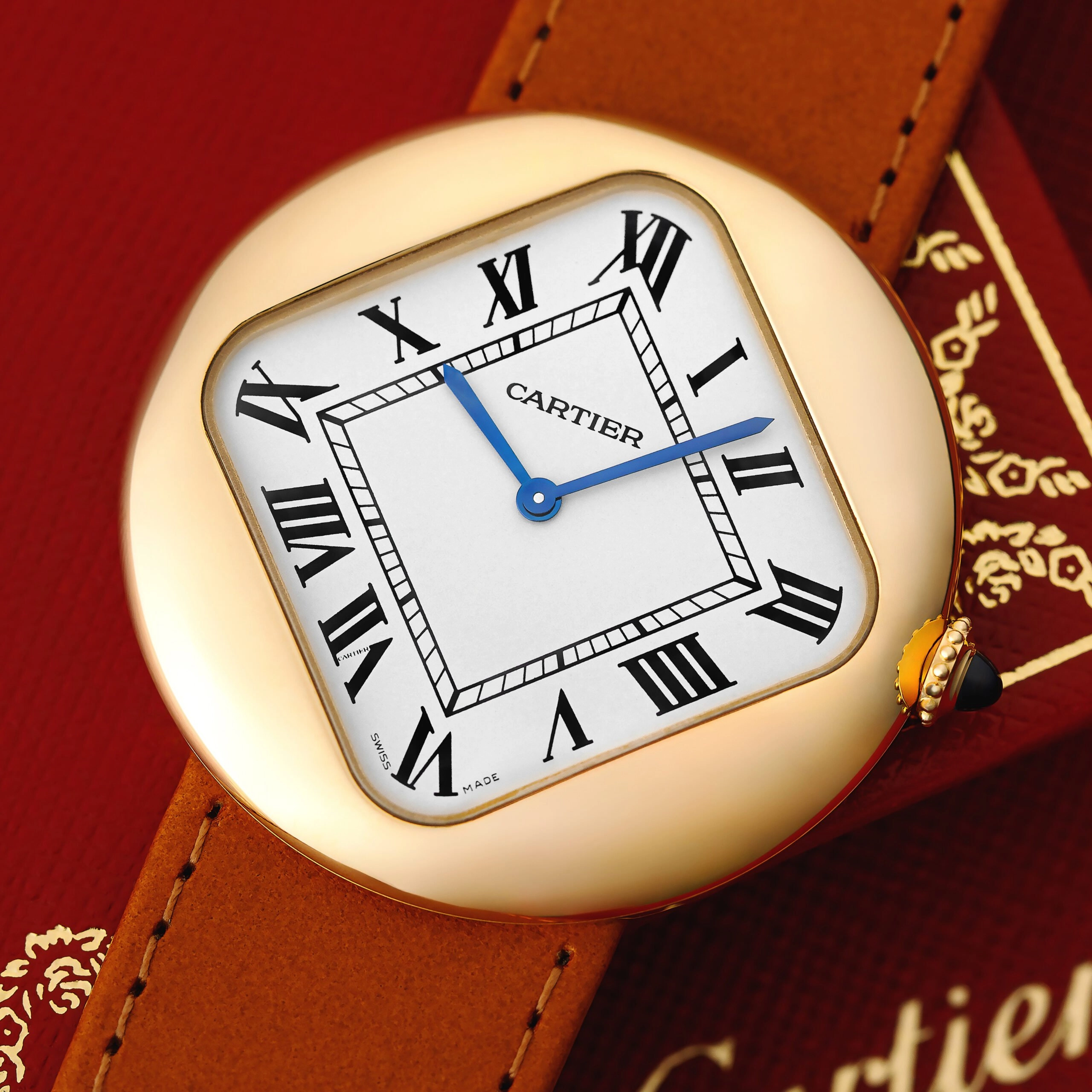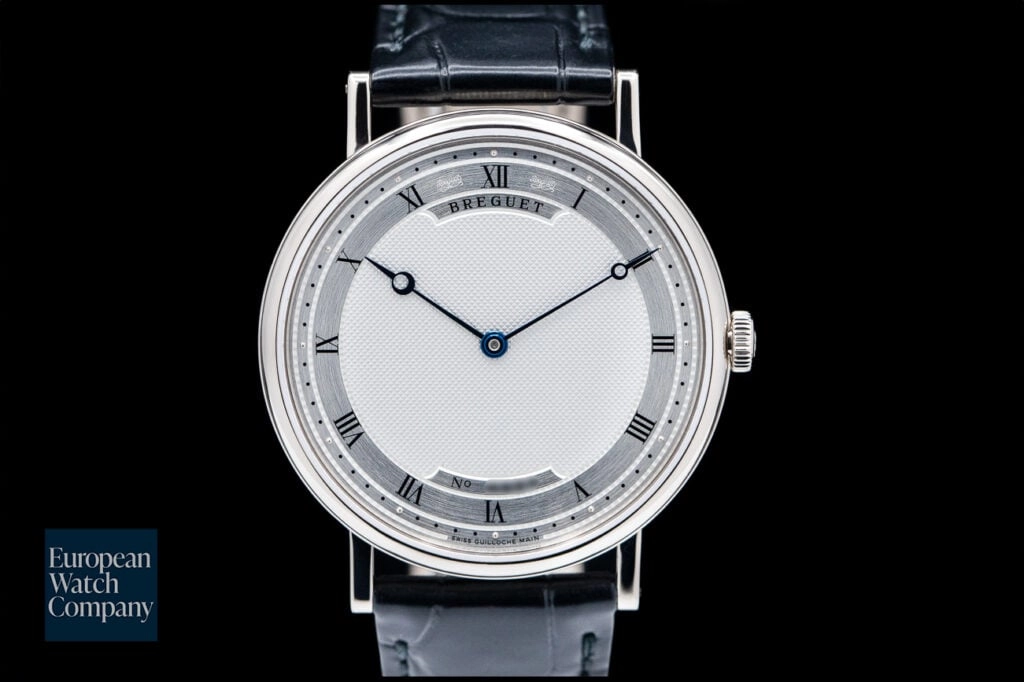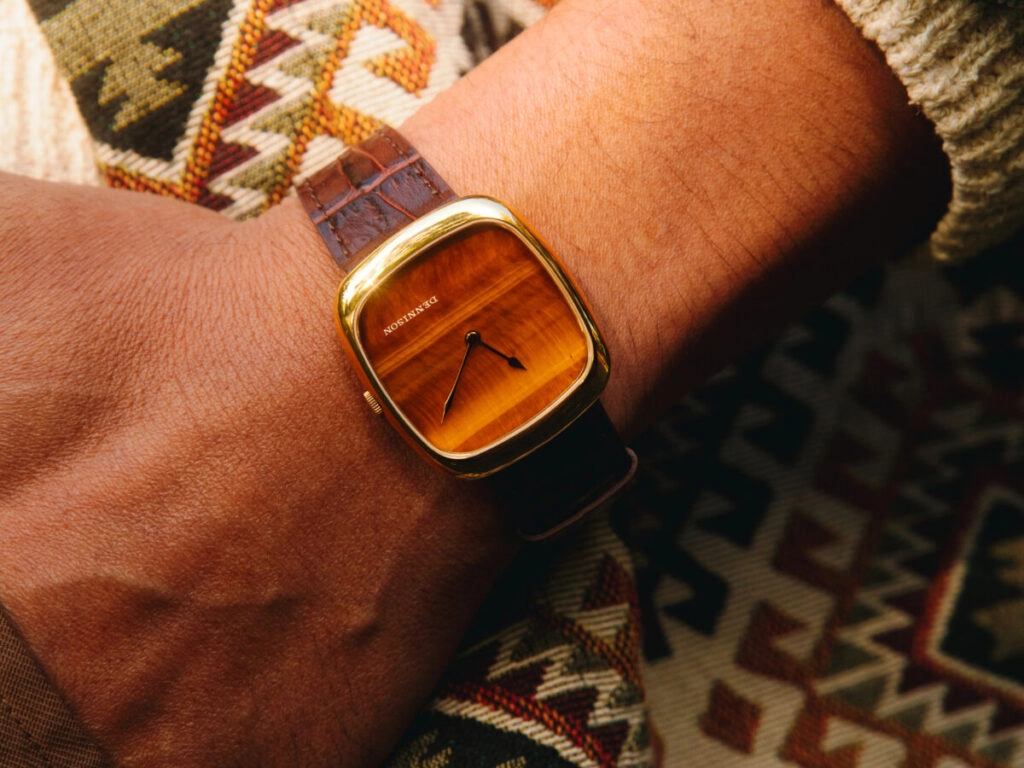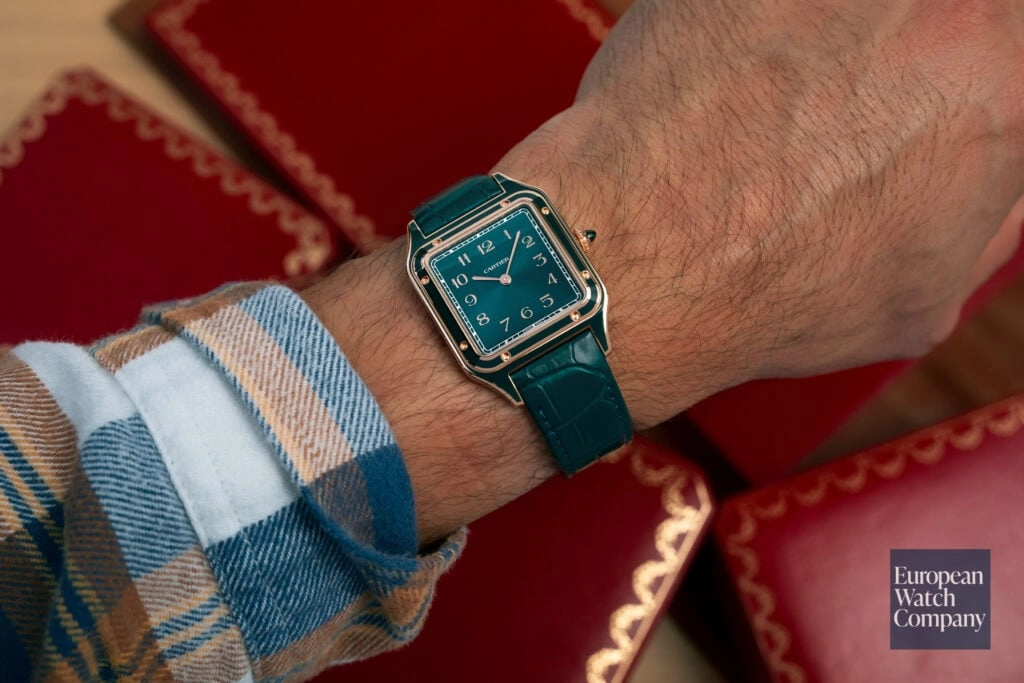The Return of the Small Case
Buyers Guides
In an era when everything—phones, trucks, egos—seems to be getting bigger, the resurgence of small watches feels like an act of quiet rebellion. No longer relegated to vintage dealers and the wrists of darkly-tanned-whatever-the-season grandfathers, sub-36mm timepieces (36mm Rolexes, 33mm Pateks, and quaint Vacherons, to name a few) are reemerging as the connoisseur’s choice: understated, elegant, and effortlessly confident. It’s not just nostalgia—it’s proportion, subtlety, and a growing sense that perhaps the loudest flex is the one that doesn’t try so hard and has nothing to prove.

Starting within the niches of the higher end collecting community, but spreading across the industry, we have seen a changing narrative embracing vintage, scaling back sizes, and celebrating the recently neglected designs of yesterday.

Toby Sutton, founder of Dennison Watches, thinks the watch trend has a lot to do with a return to dress watches. He told me the small watch shift makes sense, “if you see whats trending now with people looking to wear more dress watches, which are typically smaller in size, and worn more casually with jeans and t-shirt for example, instead of a tool watch or chronograph like before which tend to be larger.” Sutton explained that the dress watch revival has shrunken case sizes across the board, to the other corners of the industry such as sports pieces, which more characteristically would be large in diameter.

Something to consider: beginning in the 1990s, the watch industry saw a significant shift. Consumer tastes and fashion desires moved casual: bigger, bulkier, and more overbuilt. The once-common elegant dress watch was replaced by the era of Submariner, the Speedmaster, and the Panerai. Pop culture influences like James Bond paired sporty designs with bespoke suits, the dress casual revolution rippled across the corporate world, and it seemed the consensus had pivoted irreversibly to the larger tool watch.
In collecting, “we're always looking for the piece that no one else has, for what's next. When everyone is looking for a Nautilus, and Daytona's are everywhere you look, smaller, dressier pieces are the logical next move,” according to European Watch Company’s Justin MacDowell. Coupling the desire to move for what is next in the cyclical rotation of tastes with the harsh reality that sporty popular pieces have become hard to access in ADs, collectors have been driven to watches that weren’t at the forefront of the market of yesterday.
“There are definitely pieces that clients are interested in now that they never would have even considered wearing just a few years ago. Pieces like smaller variants of the Breguet Classique, Patek Calatravas from the 90's, and even tiny Cartier Santos'.” Clearly even on the secondary market, smaller watches are getting much more attention and wrist time from collectors.

But it’s not just collectors that have picked up on the new flow of collector interest—brands are moving the same way. As MacDowell put it, brands are answering the call for small pieces, “releasing midsize versions of their already popular models such as the 37mm Tudor Black Bay 54, the AP Royal Oak 15450, the 34mm Lange 1815, and a number of others.” These sizes were once considered “vintage” sizes, obsolete in the modern market. And yet, perhaps this is a part of the point. Vintage has gone through a bit of a moment recently as well. With more attention on vintage pieces, and collectors wanting the ability to wear their watches without risk of damage, modern pieces became the natural alternative. Sutton also emphasized that independents have been doing a great job of scaling back sizing, since they are far more reactive to fluctuations in taste than traditional brands.

This has birthed a similar surge in demand for vintage-inspired pieces. Fauxtina, shrunken sizing, heritage reissues, and more are all extremely popular choices for brands in the modern market—and it’s no surprise. These trends align perfectly with the small watch surge. Watch collecting is, at its core, a nostalgic exercise, and the longing for the feel of grandpa’s watch combined with today’s stability and robustness is a completely natural outgrowth.

Worth noting: some watches are simply too large to physically fit a large portion of the collecting base. These smaller case sizes democratize many of the most popular pieces of the big watch era. Midsize Reversos, Santos models, and more have all given collectors that previously were forced to consider vintage an offering in the modern market that physically suits their interests. “Smaller watches are not for everyone but the trend of dress watches worn casually is a thing now which will likely continue,” said Sutton.